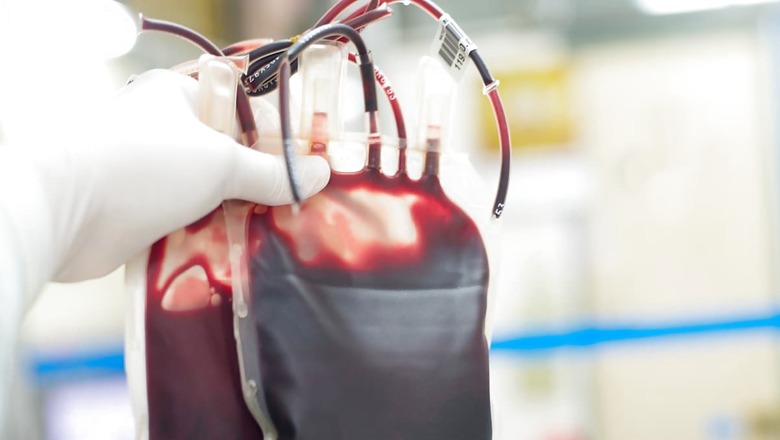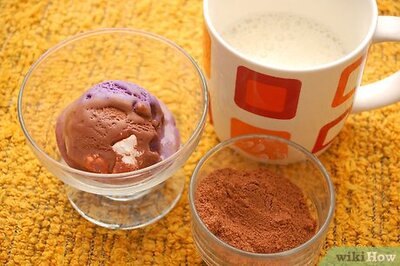
views
Blood donation is an important part in global healthcare, with over 100 million units contributed annually. Blood donation is crucial for patients undergoing surgery, coping with trauma, managing chronic illness and battling cancer.
The term “blood group” refers to a certain blood group system which contains red blood cell antigens under the control of serial allelic genes or genes which are very closely linked via the chromosome. The term “blood group phenotype” refers to a specific pattern of antigen reactions within the specific sera.
According to the International Society of Blood Transfusion, red blood cell antigens are classified in 38 blood group systems, with more than 340 RBC antigens, from which ABO, Rh, Kell, Duffy, Kidd, Lutheran and MNS are clinically the most important for transfusion, pregnancy and transplantation.
There are 4 main blood groups (types of blood) – A, B, AB and O. Your blood group is determined by the genes you inherit from your parents.
RARE BLOOD GROUP
Although the ABO and Rh groups are the most important for blood transfusions, there are 36 other known blood groups. Each blood group has a combination of sugars and proteins called antigens that are found on the outside of red blood cells. There are more than 600 antigens so there’s potential for a lot of variation between different people. If your blood has rare antigens or lacks common antigens you could have a rare subtype. Patients who require blood from rare blood group donors present great challenges even to the most advanced healthcare delivery system. It is most challenging to supply blood for a patient with an antibody to an antigen of high prevalence.
The following are rare bloods we have encountered over a period in India:
- Bombay” (Oh) phenotype
- Para bombay phenotype
- – D -/- D –
- In(a+b-)
- Co(a-b-)A host of weaker variants of A, B and H antigen
- I-i-
- CdE/CdE (ryry)
- Mg
- P-null and Emm are the other rare formsOther rare blood groups found in IndiaThe rare -D-/-D- phenotype of the Rh blood groups lacks the Rh17 (all Rh antigens except D) that makes it a high-frequency antigen-negative blood.t. The antibody specificity was identified as anti-Inb and her red cells were typed as In(a+b-).Colton-null phenotype, also written as Co(a-b-), is an ultra-rare phenotype] Compatibility test revealed a high titer alloantibody, reacting with some high-frequency antigen, was identified as anti-Co3.
Among the reported weaker variants of the ABH antigens weak A is less infrequent than weak B, having a ratio of 3 : 1. Weak H, that give rise to weak A or weak B (as in para-Bombay) phenotype is much rarer than the “Bombay” (Oh) phenotype and occurs with a ratio of 1 : 15. The phenotypes with weaker ABH-antigens seldom pose problems in selection of blood unit for transfusion.
CdE/CdE (ryry) phenotype of the Rh blood groups has been found only among the Parsi community and has never posed any problem in transfusion management.I-i- phenotype of the I-i blood groups was found to be a newly recognized entity among certain adults’ red cells reacting as weak with anti-I as do the red cells from the newborn and reacting as weak with anti-i as do the red cells from an ordinary adult individual.[11] The phenotype was classified as i-i-This phenotype occurs in frequency of 1 : 1 000 in Mumbai population and has hardly caused any problem in transfusion practice.
The Mg is an ultra-rare antigen of the MNSs blood groups. Although anti-Mg is a frequently found naturally occurring antibody, there is hardly any report implicating it as cross match problem or problem in supplying appropriate blood owing to its rarity.
Thus, it is important for everyone to test their blood type and if its rare, it becomes even more important for them to donate.

















Comments
0 comment